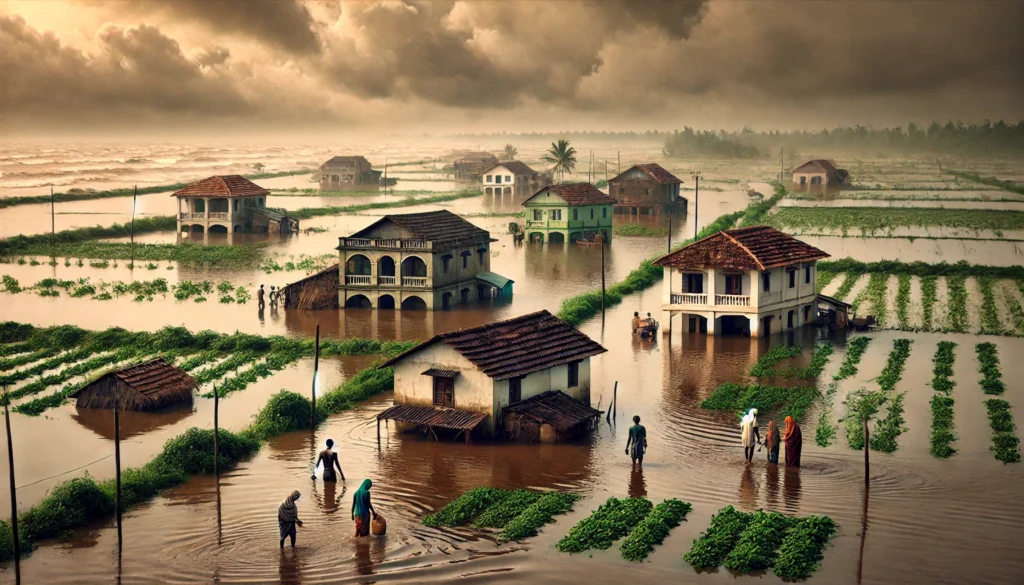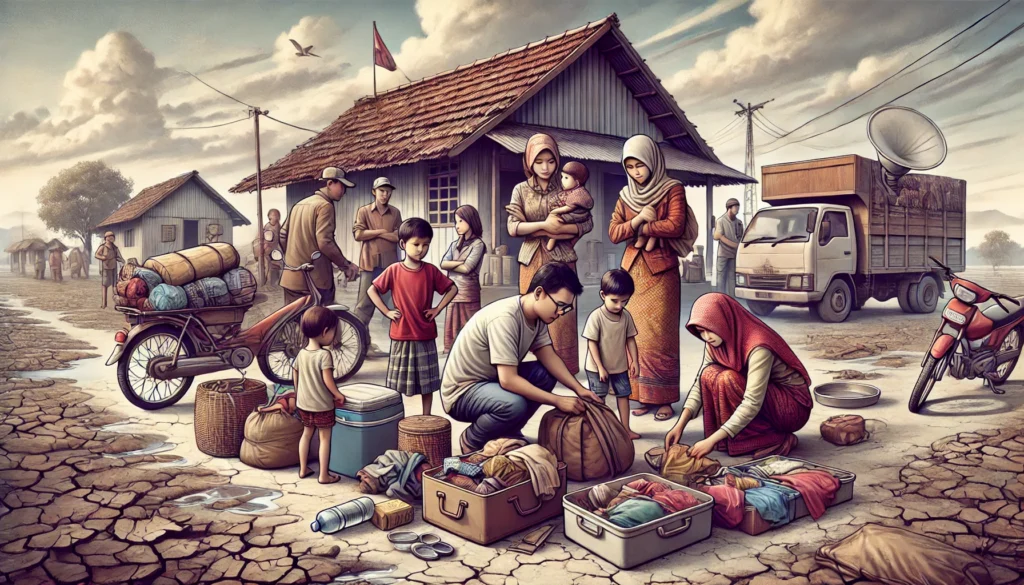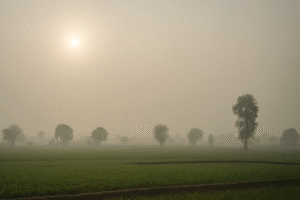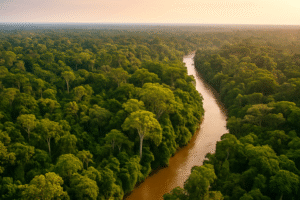In recent years, climate change has become a highly discussed and important topic around the globe. For many of us in India, the effects of climate change might seem distant or abstract, but the reality is that it has profound implications for global migration patterns. Understanding this impact is crucial, as it affects other parts of the world and has direct and indirect consequences for India.
Understanding Climate Change and Migration
Climate change describes the enduring alterations in Earth’s temperature, rainfall, and other atmospheric conditions. This phenomenon, primarily caused by human activities like burning fossil fuels and deforestation, results in severe weather events, rising sea levels, and ecosystem changes. These environmental changes often force people to migrate temporarily or permanently in search of safer and more stable living conditions.
The Connection Between Climate Change and Migration
Global migration patterns are significantly influenced by climate change. People are compelled to move as certain regions become uninhabitable due to extreme weather conditions. This movement can be internal, within a country’s borders, or international, crossing into other nations. For instance, rising sea levels threaten coastal communities, making their homes unlivable and forcing them to relocate. Similarly, prolonged droughts and desertification render agricultural land barren, pushing farmers to seek livelihoods elsewhere.

Case Studies: Impact on Various Regions
Pacific Islands: Nations like Tuvalu and Kiribati face existential threats from rising sea levels. Entire communities are being displaced, and governments are contemplating large-scale relocations.
Sub-Saharan Africa: Prolonged droughts have devastated agriculture, leading to food insecurity and forcing rural populations to migrate to urban areas or neighboring countries.
Bangladesh: Repeated flooding and cyclones have caused widespread internal displacement, with many individuals relocating from rural to urban areas for safety and job opportunities.
How Climate Change Affects India
India is not immune to climate change’s impacts on migration. Rising temperatures, unpredictable monsoons, and extreme weather events significantly affect the country’s population distribution and urban planning.
Agricultural Distress: With over 50% of India’s workforce engaged in agriculture, changes in weather patterns can lead to crop failures, pushing farmers to migrate to cities in search of better opportunities.
Urban Overcrowding: Cities like Mumbai, Delhi, and Kolkata are already facing challenges with overpopulation. Climate-induced migration exacerbates these issues, increasing demand for housing, water, and other essential resources.
Coastal Areas: States like Kerala and West Bengal are particularly vulnerable to sea-level rise, which threatens livelihoods and forces coastal communities to move inland.
The Humanitarian Aspect
Climate-induced migration often results in significant humanitarian challenges. Migrants face numerous hardships, including loss of property, cultural dislocation, and difficulties in accessing basic services. For instance, displaced populations may struggle to find adequate housing, education, and healthcare in their new locations. This situation can lead to social tensions and conflicts over resources.
Policy and Global Response
Addressing climate-induced migration requires a multifaceted approach. Nations must collaborate on mitigation and adaptation strategies to effectively handle climate change’s impacts.
Mitigation Efforts: Reducing greenhouse gas emissions is crucial. India has made notable progress through efforts such as the International Solar Alliance (ISA) and the promotion of renewable energy sources.
Adaptation Strategies: Governments must invest in infrastructure that can withstand extreme weather events. This includes building resilient housing, improving water management systems, and developing early warning systems for natural disasters.
International Cooperation: Climate change is a worldwide issue that demands a unified international response. Organizations like the United Nations (UN) are vital in facilitating dialogue and action among nations.

The Way Forward for India
For India, addressing the impacts of climate change on migration involves several key steps:
Sustainable Development: Promoting sustainable agricultural practices can help reduce rural populations’ vulnerability. This includes investing in drought-resistant crops and efficient water management systems.
Urban Planning: Cities need to be better equipped to handle the influx of migrants. This involves improving infrastructure, ensuring access to essential services, and creating employment opportunities.
Community Awareness: It is crucial to educate communities about the impacts of climate change and how they can adapt. Local projects, supported by government and non-governmental organizations (NGOs), can play a crucial role in addressing this issue.
Conclusion
The effects of climate change on global migration patterns are urgent issues that require immediate action. For India, understanding and addressing these impacts is crucial to ensuring the well-being of its population and promoting sustainable development. By taking a proactive stance, investing in resilient infrastructure, and encouraging international cooperation, we can lessen the negative impacts of climate change and build a more sustainable future for everyone.
Author’s Note
Thank you for reading! As a proponent of environmental awareness, I believe it is crucial to understand the link between climate change and migration to develop effective solutions. Let’s work together to make our planet better for future generations.
G.C., Ecosociosphere contributor.




